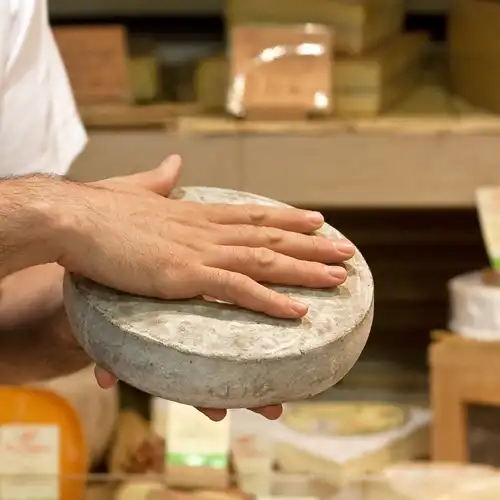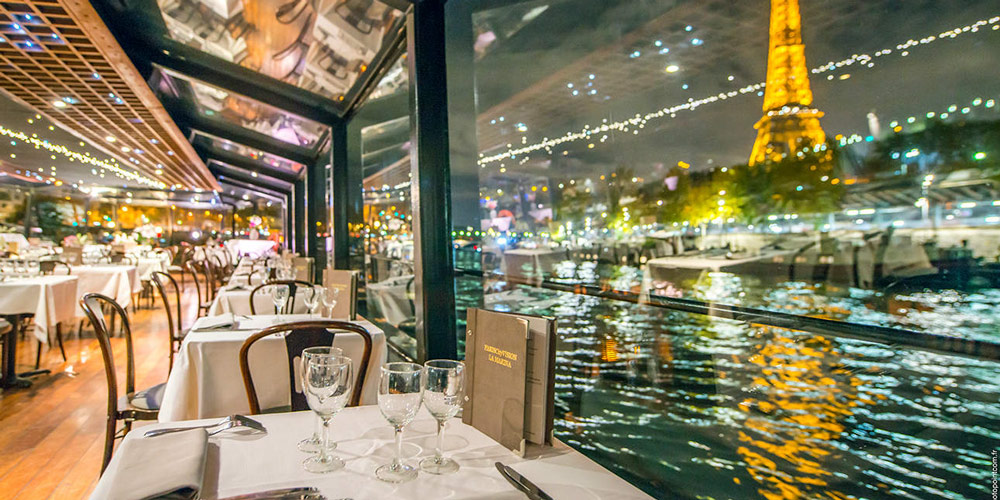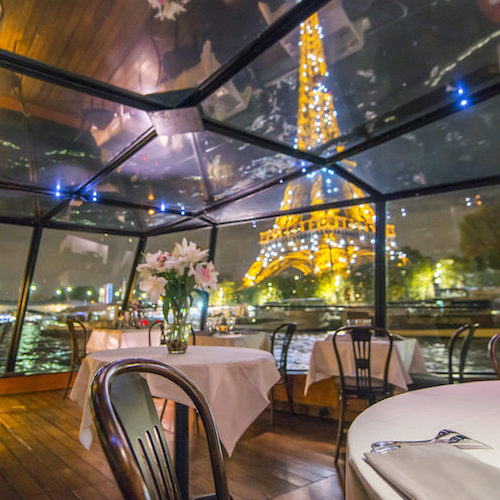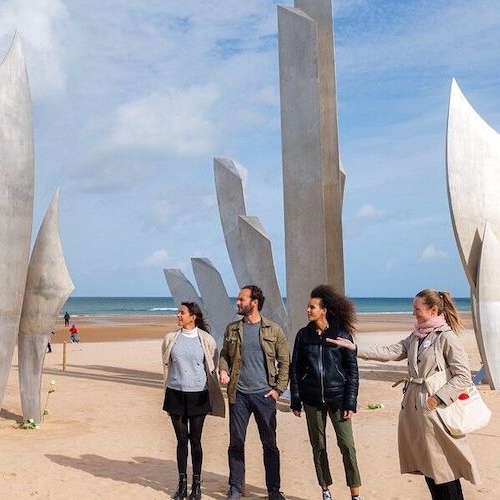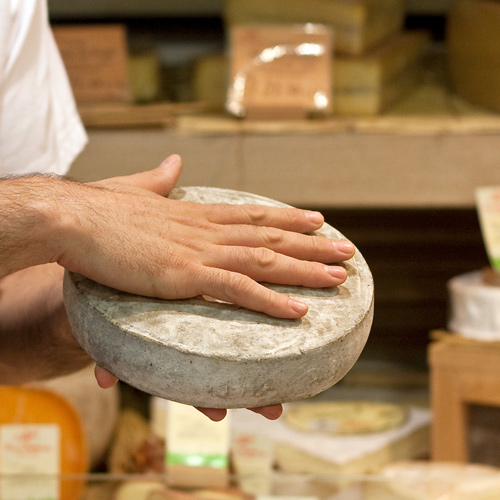Top Tips For Visiting Paris – Ten Things Insiders Have Learned
Oh, how we wish this advice had been passed along to us before our first voyage à Paris. First of all, when you're in Paris remember that you are in a foreign land with a different set of cultural norms. (See point seven below.) But, not to worry! Utilize these ten tips and techniques and you'll have a fantastic experience. Heck, you might even feel like a Paris Insider. Vraiment ! Really!
![]()
|
Paris Dinner Cruises on the Seine Dine in style as you glide past the Eiffel Tower, Notre-Dame, and the Louvre on a magical Seine River cruise. Gourmet food, champagne, and Paris lit up at night – it’s unforgettable. |
|
Paris Dinner Cruises on the Seine Dine in style as you glide past the Eiffel Tower, Notre-Dame, and the Louvre on a magical Seine River cruise. Gourmet food, champagne, and Paris lit up at night – it’s unforgettable. |
1. Tipping is Not Required
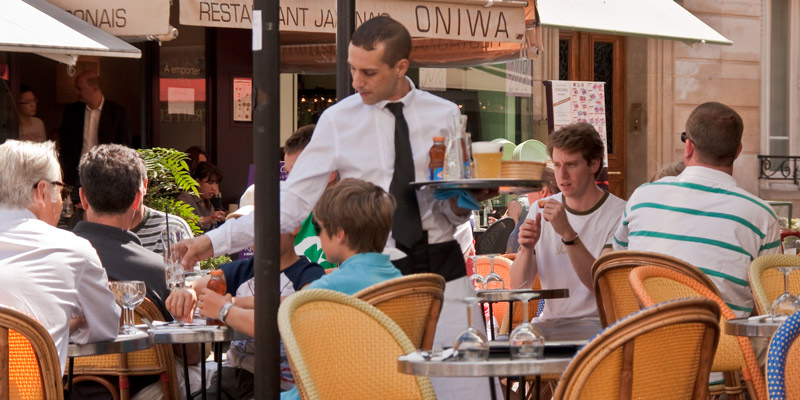
Repeat — it is not necessary to tip your restaurant serveur ou serveuse. First of all, tipping is not a cultural norm in France. In addition, a generous tip is already included on your bill, as decreed by French law. Take a close look at your restaurant bill and you'll find Service Compris printed somewhere on it. Service is included.
If you were really impressed by your server, you might leave a few Euro coins on the table, but don't go overboard. It may seem cold-hearted, but remember that a 19% tip is already being provided for your server. This no-tip tip includes taxi drivers, hair dressers, and other service providers. On our maiden Paris trip we tried to tip our first taxi driver, but he waved it away, taking pity on a couple of greenhorns.
2. Say "Bonjour"
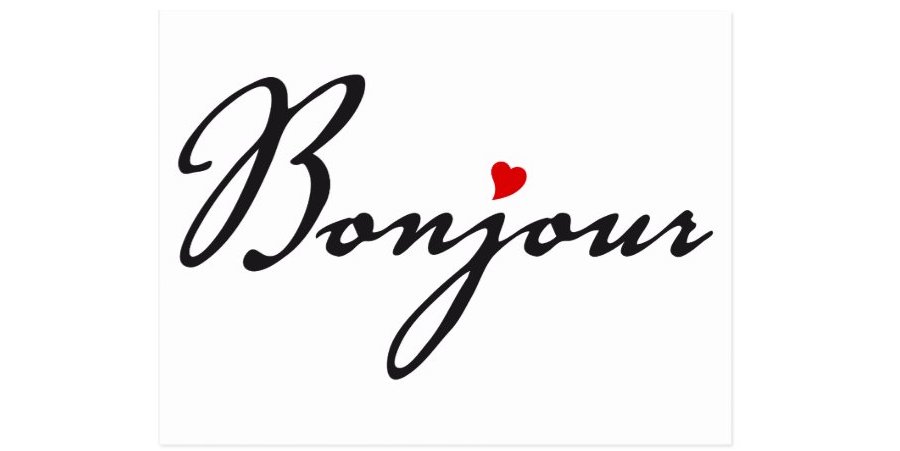
When you enter any store or public establishment say bonjour. Every time. This is the best French travel advice you'll ever receive. Even if it feels like you're speaking to thin air, it shows respect. You don't need to smile, you don't need to catch anyone's eye. Just say bonjour. (Or bonsoir in the evening.)
3. Then Say "Au Revoir"
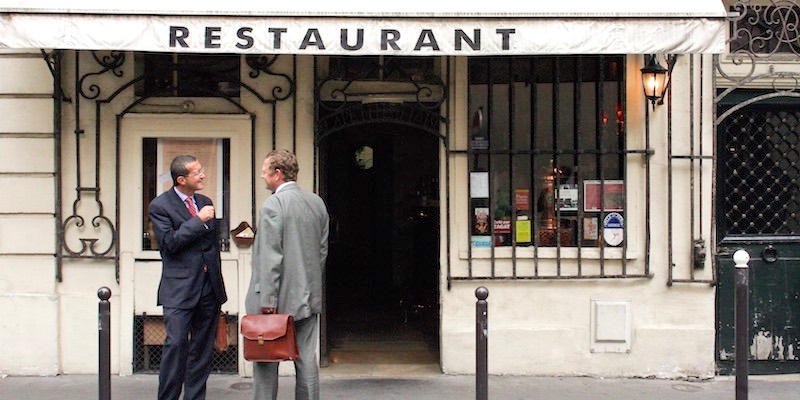
It's the same deal when you leave any store, hair salon, patisserie, or restaurant — you say goodbye — au revoir. If you only take one bit of advice from us, saying bonjour and au revoir will become the two most important words in your French language arsenal.
4. Learn "Pardon" & "Excusez-Moi"
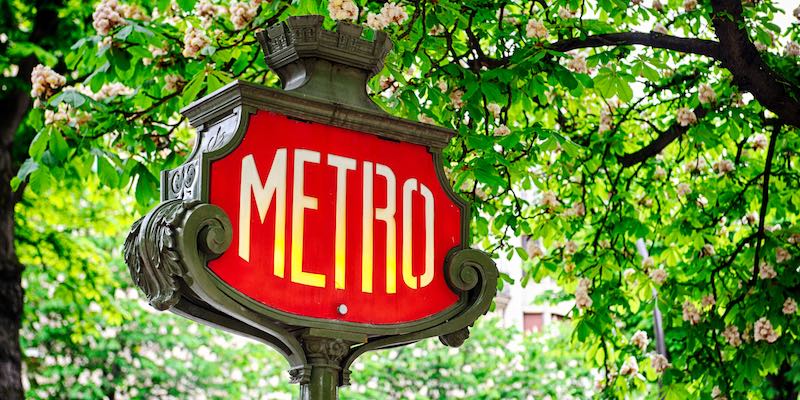
Even if you can't string more than two words of French together, when you're interacting with French waiters, taxi drivers, or people on the street, start the conversation with "Excusez-moi, I don't speak French" or "Pardon [pahr-doh], I need your help". It's a lot more polite than starting with "Hey!" or "Where's the Metro?"
5. Add "Madame" or "Mademoiselle" or "Monsieur"
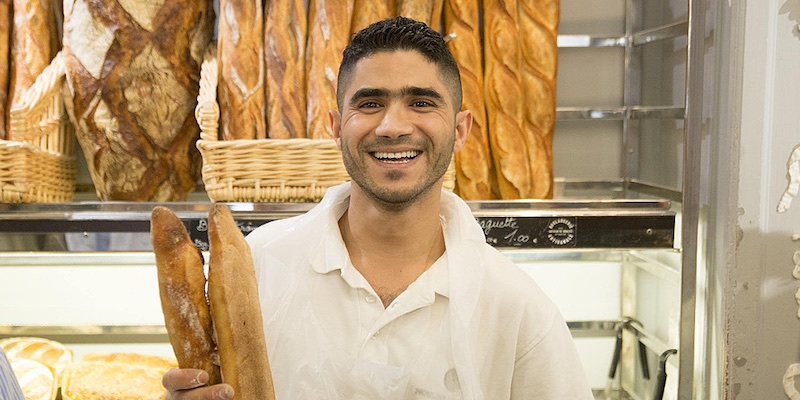
You said bonjour and au revoir as we suggested, but if you want to go to the advanced class, kick up your politeness a notch by adding one of these forms of address. Bonjour, madame. Pardon, monsieur. Au revoir, mademoiselle.
Addressing the people you meet with an appropriate title shows that you understand the nuances of French culture. Saying to your serveuse, "Bonsoir, mademoiselle" (no matter her age), will put you ahead of the tourist pack. As you're leaving the patisserie say, "Merci, au revoir Monsieur".
6. Speak Softly
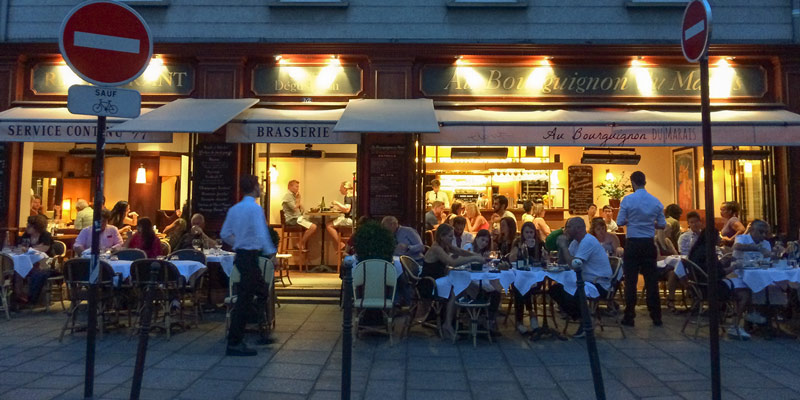
Speak softly in restaurants, on the Metro, and in public spaces like a museums. We North Americans can be loud talkers and loud laughers with volume levels that fill up whatever space we're in. Turn down your speaking volume and take a page from your fellow French diners who hold a conversation that can only be heard at their table.
7. Ne Touche Pas
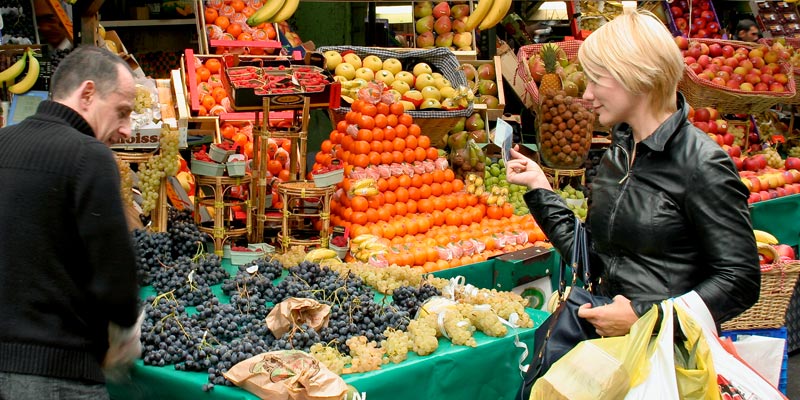
When you are at the market or in a small store or boutique don't touch the merchandise unless you are given approval. This is especially true at the open-air food markets — don't paw through the beautiful display of artichokes or strawberries or melons. Always get approval from the vendor before you touch anything. It's as simple as catching their eye and making an appropriate gesture. This is slowly changing, and it doesn't really apply in large stores and big brand emporiums, but better to be cautiously polite in smaller stores.
8. You Are in a Foreign Land

France has its own set of cultural norms and nuances that are slightly different from, say, North America. The French do not speak in loud voices asking fellow shoppers or other strangers, "How's it going?"
You could make the case that, in societal interaction, France has more in common with Japan than with North America. Privacy and personal space are key, and you can see this in action when the French speak softly in restaurants, focusing their concentration on their dinner mates. They don't want others to hear their conversation, plus they don't want to disturb their neighbors.
9. Respect the Menu
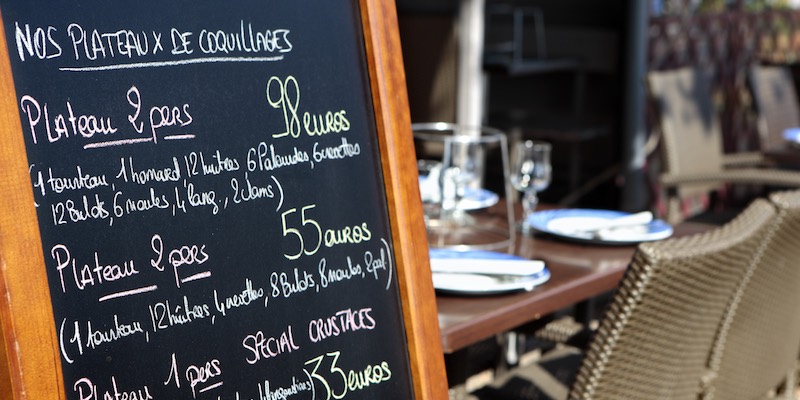
Leave your keto-vegan-low-carb diets at home. Part of getting to know Paris is to enjoy the beauty of French food. Traditionally, French menus are served in courses — first the entrée or starter, then the plat or main course, and finally the dessert course. In many Parisian restaurants the best advice is to order the set menu — prix fixe menu — for good value and a great meal.
Portion sizes in these three-course menus are just right. They may be smaller than you're used to, but they are filled with enough goodness to sustain you. Look around and you'll see that the French are not, in general, overweight. They walk lightly in their chaussures while not seeming to worry much about carbs or calories. Try the cream-based sauces, long-simmered stews and cassoulets, and a whole lot of delicious French cheese. Ils sont bons ! And please, do eat the baguette.
10. Respect the Menu… Encore
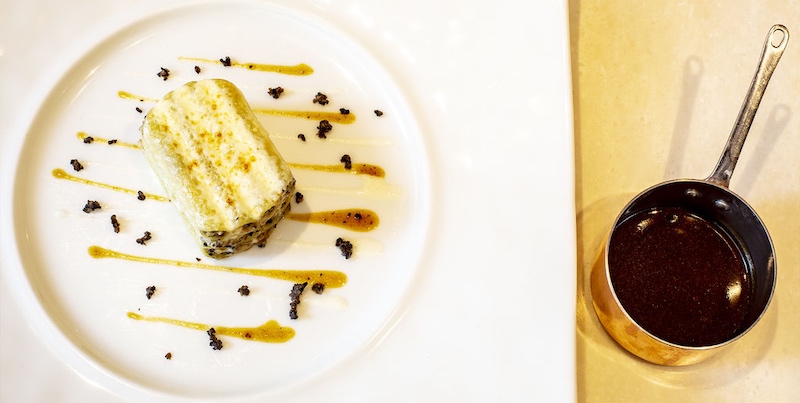
Don't ask to split a meal. Don't order salad as a main course. Don't ask for substitutions. You're in France, not California where this behavior might be normal. Although things are changing in France, there is still respect for the menu or carte. Try new things, be curious, be a culinary adventurer. Unless you really have an allergy, don't ask for substitutions.
Paris Planning Guides
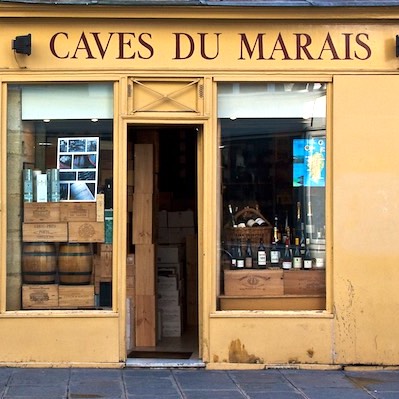 Guide to the Marais
Guide to the Marais |
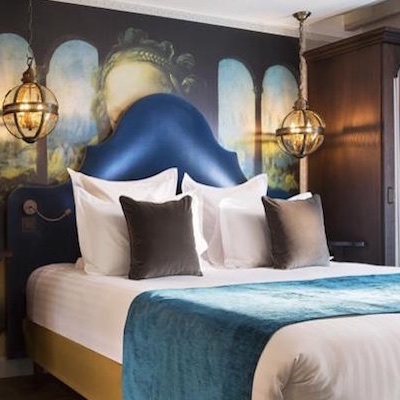 Top Left Bank Hotels
Top Left Bank Hotels |
 Visiting the Loire Valley
Visiting the Loire Valley |
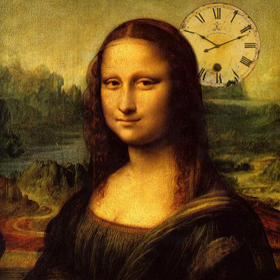 Top Louvre Tours
Top Louvre Tours |






